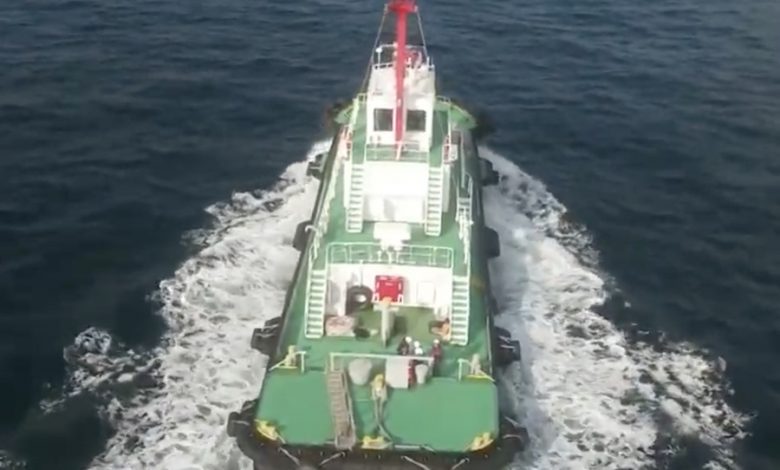NYK tugboat makes remote navigation landmark voyage across Tokyo Bay

Nippon Yusen Kaisha (NYK) has successfully tested remote navigation of a tugboat in the busy Tokyo Bay, issuing a video of the trials, as it ploughs ahead with its mission to make the remote navigation of ships part of its regular operations by 2025.
NYK and its group companies MTI, Keihin Dock and Japan Marine Science tested the remote navigation on one of the group’s tugboats as a part of the Japanese government’s Sea Trial Project on Remote Control Navigation.
The vessel was equipped with a system operated remotely from an operation center in the city of Nishinomiya in Hyogo prefecture approximately 400 km away. This tugboat was manoeuvred approximately 12 km in Tokyo Bay between an area off Honmoku and an area off the port of Yokosuka.
The operator in the remote operation center was able to use sensors and cameras equipped to the tugboat to recognise surrounding conditions and created a route plan and a collision avoidance route plan. The operator shared the plans with the tugboat captain, who then approved them. The conditions that remotely navigated tugboat then proceeded smoothly.
NYK said today it will now work to overcome ship-to-shore communication issues that were revealed during this experiment, further improving the system, aiming to start remote navigation tests using domestic coastal ships later this year. NYK said it will continue to work with partners to develop technology for large vessels in the future.
In October last year NYK made headlines when it conducted the world’s first maritime autonomous surface ships (MASS) trial on a ship that went from China to Japan.
Iris Leader, a large NYK-operated car carrier, was navigated day and night using the Sherpa System for Real ship (SSR) navigation system for three days from Xinsha, China, to the port of Nagoya, Japan, and then from the port of Nagoya to the port of Yokohama, Japan. Crew performed typical duties during the navigations, which included Japan’s coastal area but excluded bays.
During the trial, the SSR’s performance in actual sea conditions was monitored as it collected information on environmental conditions around the ship from existing navigational devices, calculated collision risk, automatically determined optimal routes and speeds that were safe and economical, and then automatically navigated the ship.
“This trial was a big step toward realizing NYK’s goal of manned autonomous ships,” the Japanese shipping major stated in a release at the time.
